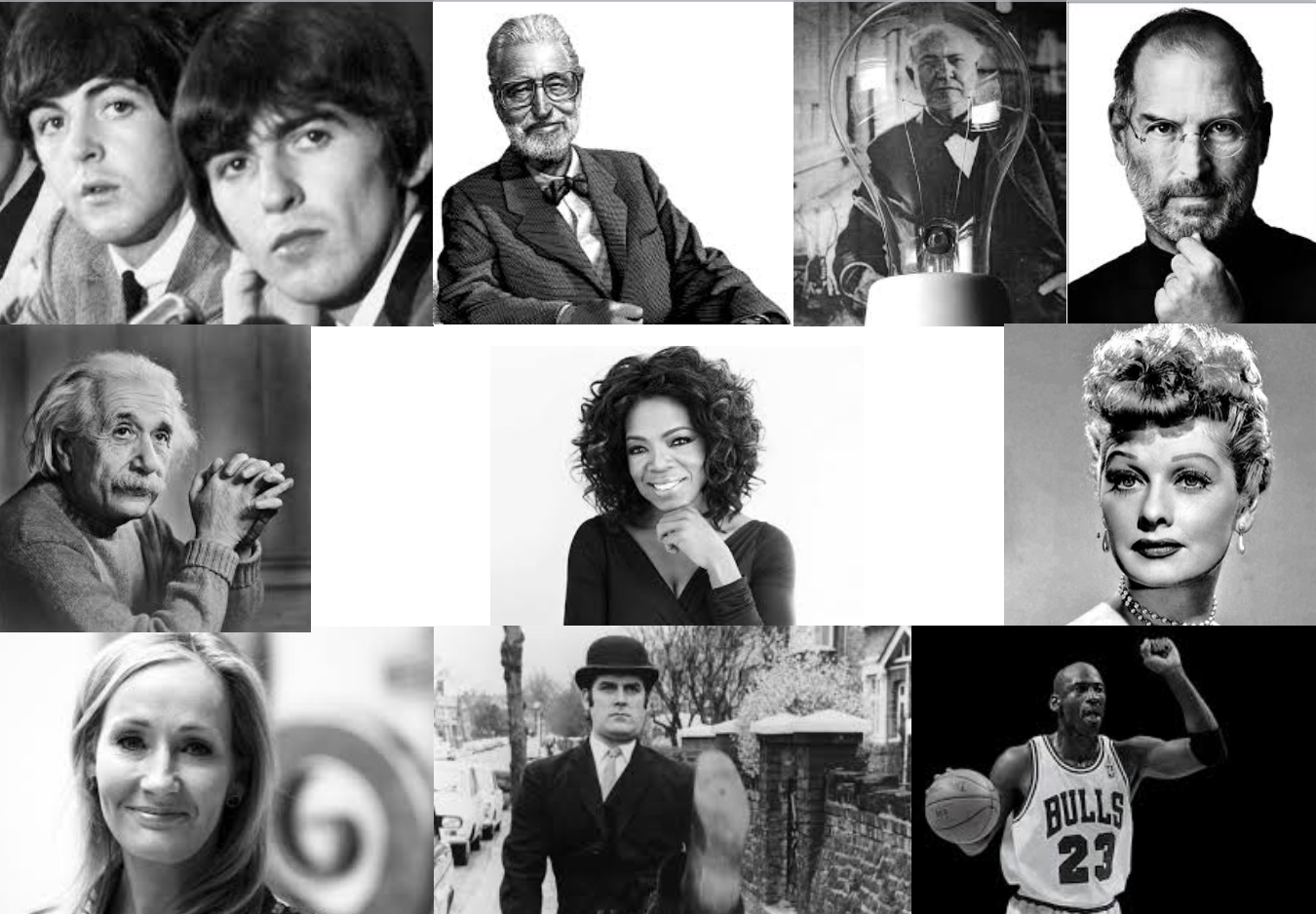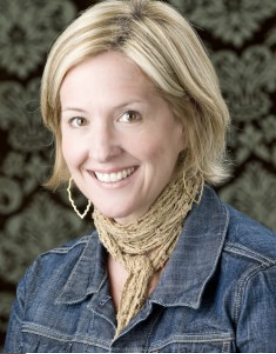You live in a world that is so connected and precious and right now you are the embodiment of that world. You were born of millions of generations of DNA and built of exploding star dust in the unimaginable past. Even at your young age you create connection as your eyes search for ours and they shine when they meet another’s and you speak to us and smile. You were born to connect with others. You make uncles tear up, grandparents melt on the floor, neighbours goo and gaa and you doubled the size of your parents hearts whilst tearing away their sleep and their separate selves. You were born needing and wanting human connection. Throughout your life your mental and physical health will influence the health of hundreds of other people around you and theirs will influence you. Having strong connections in your community will add ten years to your lifespan. Your brain will only fully develop with the love and nurturing of your family and community. And you were born and you made an interconnected and interdependent family and community. You made us all family again.
But you are more than connected to family. You are connected to the earth.
Every time you breathe out today, that air is shared with the breath of all living things and mixes with all of the air on earth so that when you breathe in next year, at least ten atoms from that breath will have come from your breath today. Each breath you take contains atoms of the breath of your great grandmothers and your distant cave dwelling ancestors too. Each breath you take has come through the leaves of trees and the grasslands and the oceans and beetles and the ice caps and the dinosaurs and the bandicoots. Your breath connects you to the earth and makes you one with the earth. You are the air, Alex, and the air is you.
You are also the soil. The structure of every cell in your body comes from the food you eat, which comes from the soil. Your body is formed from the thin layer of living soil that surrounds the earth. A layer born of millennia of living and dying lifeforms.
And you are the water. Your body is mostly water by weight. That water has been cycling the earth for eons, traveling through every plant and animal that has ever lived and flowed down waterfalls and glaciers and through underground caves.
So you are the air, soil and water. And that is all we can see from space when we look at those beautiful images of the earth. All living things need clean air, water and soil.
But your connection to this place goes even deeper, Alex.
Your body contains a hundred trillion cells. Ninety percent of those are fungi, microorganisms and bacteria. You are a thriving community of living things. As you lie back and contemplate this world you have been born into, as your brain expands and forms new links and grows at an extraordinary pace, as every second passes there are a septillion different cellular events taking place in your body. This is a number greater than the number of stars, planets and asteroids in the known universe. The atoms in your body formed in exploding stars billions of light years ago. You are the universe. A map of the connections in your brain has the same structure and shape as a map of the stars and galaxies in the universe.
And the energy that runs your body comes from the sun, positioned at the perfect distance to warm our world and to enable photosynthesis, the stored energy in our food. The earth and the sun are in a perfect dance of tilt and orbit to enable the seasons and cycles of the earth that we rely on.
You are literally made of stardust, air, water, soil and sunlight, Alex. You are made of the earth, you belong on and in the earth. You and this world are inseparable. Welcome home. For home it is. Our only home. Does this not make both you and the earth sacred?
But you are born into civilisational times, Alex. Just as we have come to know how precious our earth is, we have come to a point where we may lose all we have. Between now and 2100 we stand or fall together. That is your lifespan. In your lifetime human kind will either come to treat all of life as sacred and connected and interdependent or we will turn the final page on our chance to exist over the long term.
You are not born into a world changing from bronze to iron, from horse to car or landline to smart phone. These were social changes bought about by new learning and technology.
This time it's a global liveable climate, it’s more plastic than fish, it’s extinction rates thousands of times the natural rate, it’s seventy percent of all wildlife gone already since 1970, it’s economic inequality of immense scale, it's a global economy built on selling more boxed landfill, it’s rivers not running to the sea, it’s toxins in our bodies, diminishing resources and diminishing natural places.
Either we stabilise the climate in your lifetime or the planet is uninhabitable. Either we reverse species extinction and the loss of nature in your lifetime or the planet will not sustain life. Either we create and build a society that looks after all people or society will break and look after no-one.
And yet here you are, Alex. And you’re perfect. And your parents are worried. None of our predicament is your fault and almost none of it should be your responsibility to fix.
But they say that the darkest hour is right before the dawn. We are in the middle of what Joanna Macy calls The Great Turning. The way I see it, there are now two world views and both are operating in parallel.
The Age of Me.
The Age of We.
The Age of Me is over. This is the individualistic, top down, centralised power, patriarchal, competition based, growth fetishising, neoliberal world view that has held sway for 40 years. That world view is broken and no longer makes any sense. Old stories held dear are dying and that's why the big wide world seems mad. Politics is mad. The media is mad. The economy is mad. Jobs are disappearing. Growth is stagnating. Ideological trenches are being dug. The post truth world has arrived. “Coal is good for humanity and should be subsidised. Climate change is crap. Wealth trickles down.” These patent untruths are being screamed from the parapets of power, louder and louder, but by fewer and fewer leaders from madder and more extreme political factions and media outlets. As Yuval Harari says in Sapiens, when an old worldview is finished, there is a time of great doubt, when old stories and myths are clung to and they hang on like grim death, funded by old economy wealth as the world changes around them.
The Age of We is well underway. It fits this world. It understands connection and collaboration. It is being built from the atom up like the air and the water and the soil and like your body and the structure of the universe. Great change is afoot. And I want to tell you Alex that never in human history have so many people come together and worked so hard for change. Paul Hawken calls this movement Blessed Unrest. It is everywhere. It is community gardens, it is community owned solar parks, it is urban food forests, green buildings, food coops, car sharing, bike sharing, bee keeping, repair cafes, community wind farms, regenerative agriculture, walkability planning, native gardening, cooperatives and farmers markets. It is bike paths, it is bush kindergartens and children and nature clubs and frog ponds and local currencies.
These new stories are being written at breakneck speed and they haven’t quite yet taken hold in our collective imagination. When they do,they will infuse business and politics and communities everywhere. The world has always been thus. Change is constant.
As the age of Me slips into irrelevance and decay, the age of We rises and grows stronger. It is almost ready to fly. You will live this journey Alex. You will see the last piece of coal burned. You will see the last drop of petrol combusted. You will see the waterways return and nature prioritized in and out of our cities, the green building revolution and the relocalized economies and the world powered by free wind and sun. You will live through the end of personal ownership of stuff. You will live to hear prime ministers speak of the benefits of a post growth economy. You will see a universal basic income rolled out so that no one is left behind and everyone has a chance to thrive. You will bear witness to the birth of a new politics that makes sense and helps us thrive.
You will thrive in the great turning. The movement that learns to live on the earth as if we’re from the earth. In the words of Janine Benyus, “I think we realise that it’s time to fit in here. It’s time to come home. It’s time to figure out how to function in a way that will allow us to stay here. When we get to the point where civilisation is functionally indistinguishable from the ecosystem that surrounds it, then will be a welcome species.”
You were born into a beautiful, diverse and connected world, Alex. You were also born into a complex, impoverished and broken world.
We will lose much on the journey. So much will be lost that it is almost too much to bear. It is likely that half of all living things will not make it through with us. It is likely that many coastal cities will disappear under the oceans. Much of the world may be uninhabitable.
But the prize we have to gain is immeasurable. We will build a civilisation that survives to thrive in the long term.
So breathe deep, Alex. As your great grandmother once said, always look for the silver lining. Paul Hawken says that this is the most exciting time to be alive in human history. We get to remake and redesign and renew everything in civilisation within a generation.
My advice to you on your journey is to strive to live these four qualities every day:
Be Connected: with people, with neighbours, with friends, with community, with nature.
Be Curious: always ask why? How? What? When? Who? What if?
Be Creative: find new ways, new paths, new ideas, new possibilities, new imaginings.
Be Passionate. Find your element. Follow your dreams. Explore what you love. And make a difference there.
And Alex, make sure you fall in love with this world and the people in it. Be in it and live it and breathe it and drink of it and eat from it and do this together with loved ones.
Have you sat with your mum and dad under a wattle tree in the spring whilst a cool breeze made the leaves dance, Alexander?
Love, Uncle Ian




















